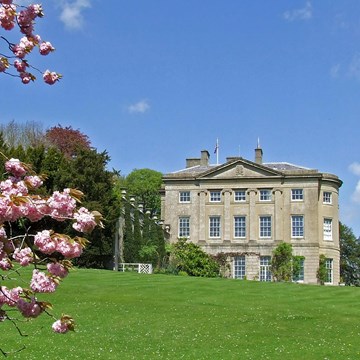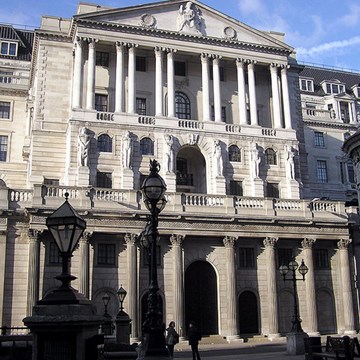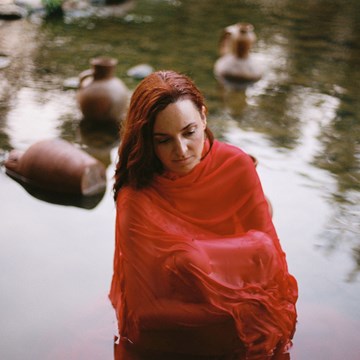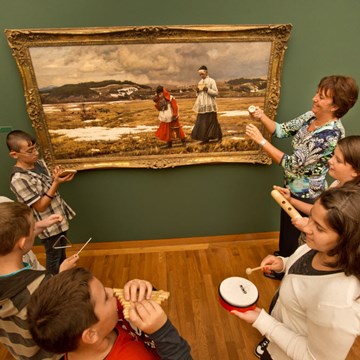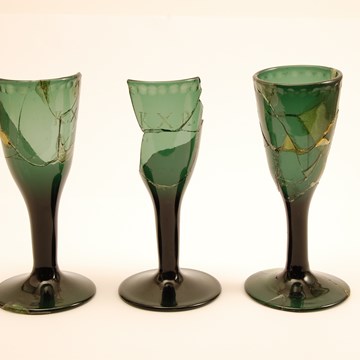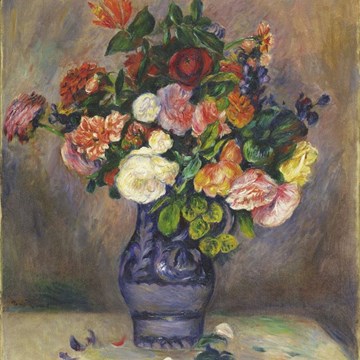Regional Museum of Ulcinj
Zavičajni muzej Ulcinj
Centre for Culture Ulcinj was established in 1994 by integrating all the institutions active in the field of culture within this municipality. Thus, it includes the Museum, whose holdings are classified into several collections: Archaeology, Ethnology and Arts. It consists of three buildings: a church – mosque housing the archaeological collection, the premises where ethnological items are displayed and Balšića Tower, now adapted to serve as a gallery. The once Square of Slaves, where the church-mosque is located is used as a peculiar exhibition space.
The archaeological collection is on display in the Renaissance church from 1510, which was turned into a mosque in 1693. With its synthetic appearance, the building itself is a unique monument of merging between the East and the West. The items dating back from the prehistoric, Hellenic, Hellenistic, Roman, medieval and Turkish times were found within the town itself. The displayed pottery include Illyrian earthenware, Greek pottery: red-figure vases and lekythos, hydria, krater, amphorae, Roman pottery, mediaeval bowls, pots, Venetian jugs and plates, Turkish ewers and pitchers and other various table- and kitchenware.
The following items stand out by their value: an ancient base with a Greek inscription dedicated to the Goddess Artemis and one ancient cameo. There are also displayed fragments of doorframes from late Ancient times, Ionian capitals, parts of the ciborium of a little church from early 9th century, capitals and pillars of a cathedral and other churches from 13th to 16th century, as well as the monuments with Latin and Arabic inscriptions. There is also a separate collection of medieval coins with the examples of folar (bronze coins) from Ulcinj, having on the obverse an image of a fortress with three towers and the town doors and the inscription CIVITAS DUCIGNI; and on the reverse an image of a lamb, the emblem of the town, or Our Lady, patroness of Ulcinj.
Balšić Tower is intended for exhibitions. On its last floor there is a small exhibition dedicated to Sabbathai Cevi, a famous initiator of the Talmud reform.
By its selection of characteristic items, the Ethnography Department depicts the development of the spiritual and material culture and the specific features of ethnographic heritage of Ulcinj area harmoniously blending diverse influences.
Text source: http://www.montenegro.travel/xxl/sr/muzeji/_id/986331/index.html; http://www.see-heritage.org/Museums_of_Montenegro.pdf
Foto source: http://www.visit-ulcinj.com/blog/2008/05/19/u-ulcinjskom-starom-gradu-hadzi-halil-skurova-dzamija/
Exhibitions and events
We don't have anything to show you here.
Educational programs
We don't have anything to show you here.
Collections
We don't have anything to show you here.

